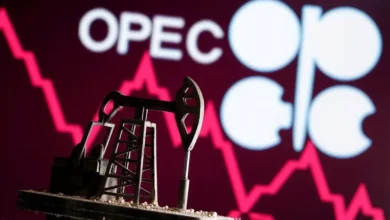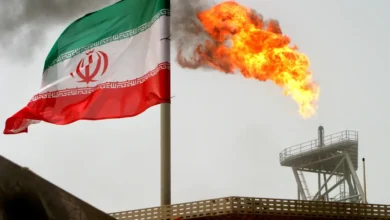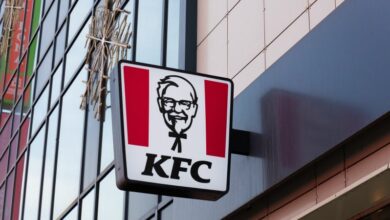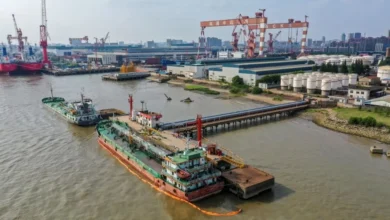Quality control at heart of latest Boeing crisis
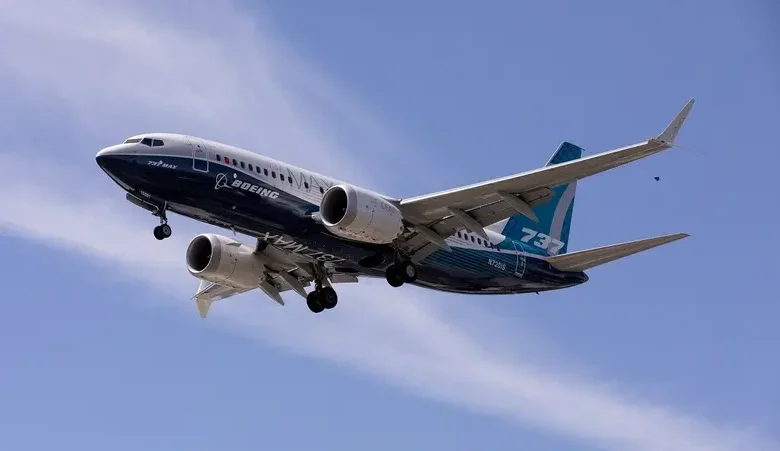
Boeing is facing intensifying scrutiny over its quality control practices in the aftermath of a near-catastrophic Alaska Airlines flight three weeks ago when a panel blew out.
That January 5 incident on a Boeing 737 MAX 9 followed months of earlier, smaller problems with the same aircraft.
Exactly how the current difficulties will be resolved remains to be seen, but both the company’s regulator and its customers are demanding change.
“The quality assurance issues we have seen are unacceptable,” said Michael Whitaker, head of the Federal Aviation Administration.
The agency has vowed “more boots on the ground” for a comprehensive investigation of Boeing and contractor Spirit AeroSystems, adding that it will only greenlight production increases when Boeing gets its house in order.
American Airlines joined rival carriers in signaling displeasure, though it has not been directly impacted by the 737 MAX 9 grounding because it does not fly the jet.
“We’re going to hold them accountable,” American Airlines Chief Executive Robert Isom said Thursday on an earnings conference call.
“Boeing needs to get their act together,” said Isom, who characterized the problems as “unacceptable.”
Earlier problems
The Alaska Airlines episode represents the most serious operational problem for Boeing since two crashes on 737 MAX 8 planes in 2018 and 2019 resulted in 346 causalities and led to a lengthy grounding of the jet.
The MAX also generated unexpected attention in April when it disclosed that Spirit had employed “a non-standard manufacturing process” during the installation of two fittings in the fuselage section.
In December, Boeing urged customers to inspect for loose hardware on plane rudder control systems after an international operator discovered a bolt with a missing nut while performing routine maintenance.
Such problems have slowed Boeing’s ability to deliver jets, crimping financial performance.
But the problem on January 5 was on a different level.
Video of the incident showed a gaping hole in the side of the plane, air rushing through the cabin, oxygen masks dangling and travelers observing city lights below.
National Transportation Safety Board (NTSB) chair Jennifer Homendy said it was “very, very fortunate” that the incident had not ended in tragedy.
On Friday, both Alaska Airlines and United Airlines could resume service of the MAX 9 planes after the FAA approved inspection protocols on Wednesday.
More oversight
Michel Merluzeau, an aeronautics specialist with consulting firm AIR, said the MAX travails likely stem from negative workforce impacts of the pandemic, which have been “underestimated,” he said.
“The industry lost a lot of know-how” with the retirements and departures in recent years, he said in an interview.
At its Renton, Washington factory where the MAX is assembled, Boeing on Thursday held the first of a series of “quality stand down” events — pauses in normal operations for day-long sessions to focus on quality control.
Homendy of the NTSB has described the investigation as focused in part on determining why the panel came loose, including learning whether there were bolts on the part.
But even if there had been a glitch in the manufacturing process, “the issue should have been discovered” during Boeing inspections, Merluzeau said.
“This kind of thing can’t slip through the cracks,” he said.
Alaska Airlines Chief Executive Ben Minicucci said that while he is awaiting the official investigations before commenting on what exactly went wrong, his carrier has also assigned its own staff to review Boeing’s processes.
“We want to watch it with our own eyes, what’s going through every phase of the assembly process, putting a second set of eyes,” he told CNBC. “And if we see something we don’t like, we’re going to raise the flag.”
AerCap Chief Executive Aengus Kelly has suggested that Boeing must rethink its focus, with financial targets taking a “back seat” to quality and safety, according to an interview in the Financial Times.

